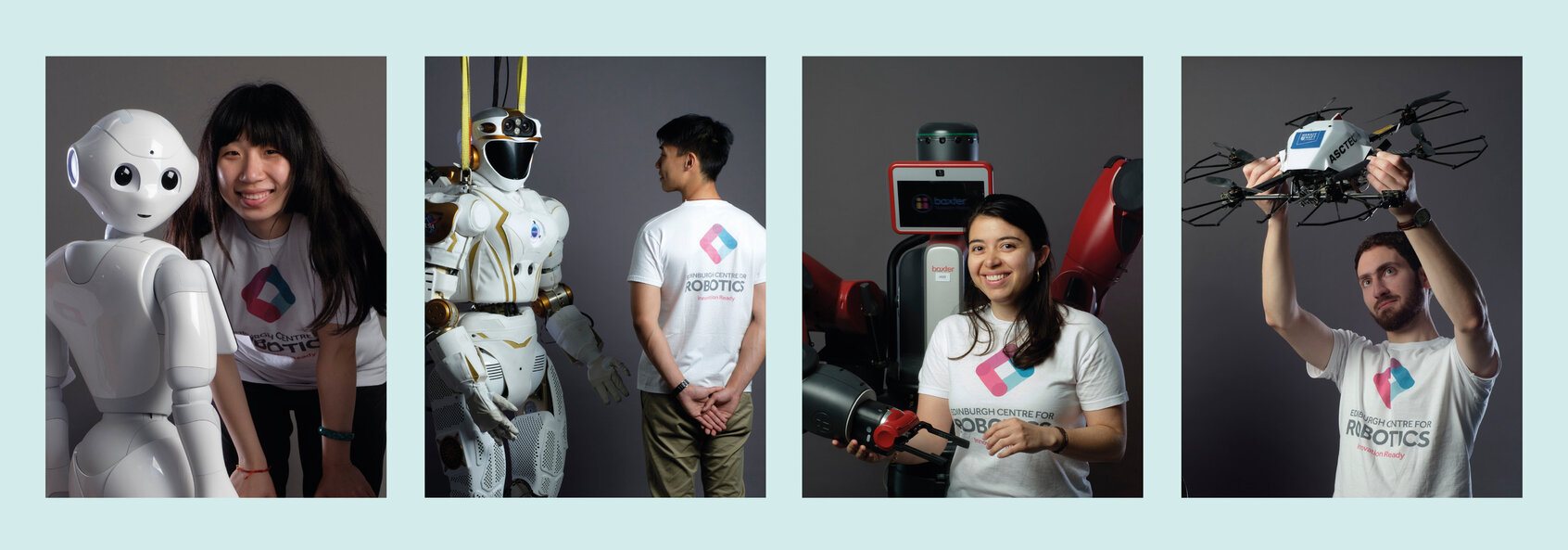Dr Mark Campbell
Over the last sixty years, the number of objects in LEO and GEO has increased substantially. There are over 18,000 currently being tracked by US Strategic Command although this represents a small amount of the population of objects of interest in orbit. The need for autonomous detection and tracking systems is of great importance as even the smallest debris can damage functional Resident Space Objects (RSOs) such as spacecraft and communication satellites.
With the increase of performance and decrease in cost of CMOS sensors, a chance to include in the Space Situational Awareness (SSA) framework has arisen. By using COTS cameras and optics, a relatively cheap network of decentralized sensors could be built that could provide a wide FOV of the sky. When these sensors are used with amateur telescope mounting equipment jitter is often an unavoidable source of noise. This jitter can be caused by a number of sources: mechanical imperfections in the mount, movement caused by the operator, atmospheric perturbations and uncompensated diurnal motion to name a few. Minimizing this jitter is of significant importance in a astronomical target tracking scenario as even a small shift in the pointing direction of the imaging system can mean a large shift in the image scene.
The algorithm used in this project utilizes the flexibility that the Finite Set Statistics (FISST) framework provides that solve the single sensor spatial calibration problem. The joint calibration and tracking method exploits a SLAM based approach, in which the sensor drift and detected objects' states are jointly estimated in an image sequence. A single cluster filter is chosen for this joint estimator and can be summarised as follows:
- The sensor state is estimated using a SMC method, also known as a particle filter.
- Each particle, representing a hypothesized sensor state, has a multi-motion model PHDfilter associated with it, which estimates the multi-object state.
- The particles weights are calculated using the multi-object likelihood of the ``static'' objects. The particle with the highest weight is considered the best particle, and its state is used for the sensor state estimate.
In this application since a group of dependable ``static'' objects exists in the form of stars, their collective motion can be estimated in order to determine the sensor drift.


